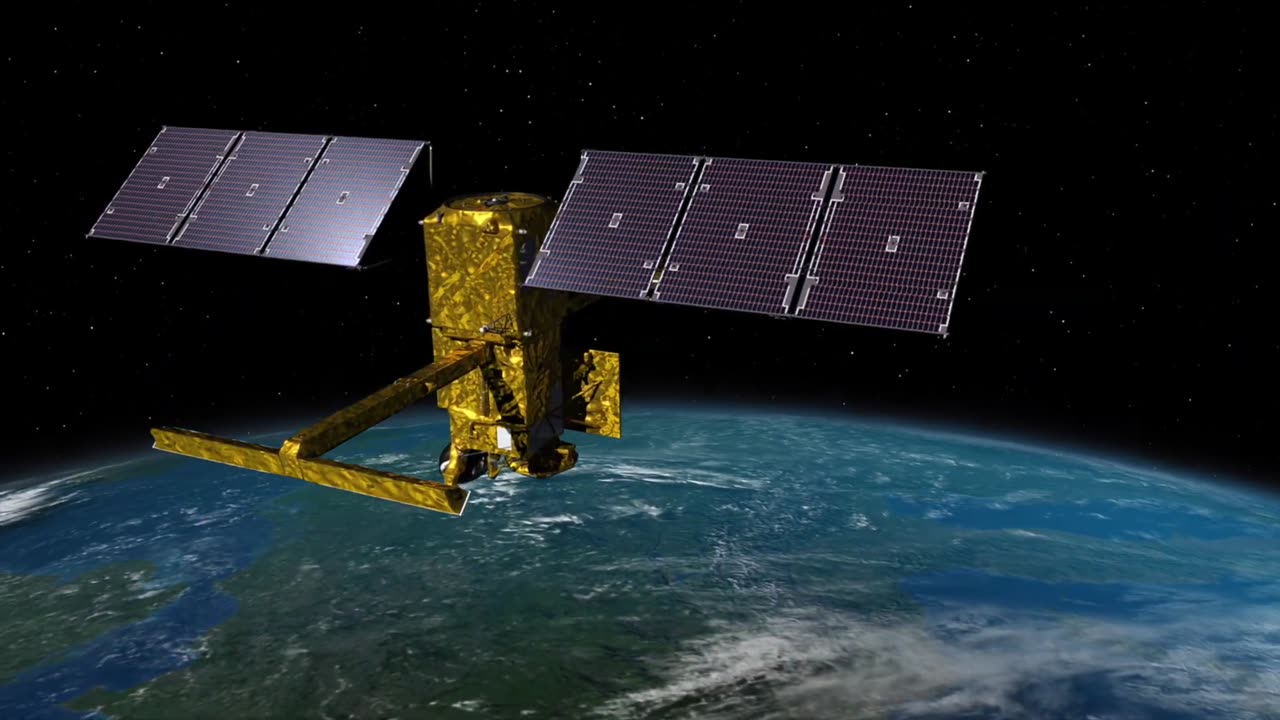Premium Only Content

Earth_Science_Mission_led_by_NASA
Here are some key points about NASA's Earth science missions:
Purpose: NASA's Earth science missions are designed to study and monitor various aspects of our planet's atmosphere, oceans, land, and climate. These missions provide essential data to better understand Earth's processes, predict changes, and manage resources.
Types of Missions: NASA conducts a range of Earth science missions, including satellites, aircraft, and ground-based observations. These missions are equipped with various instruments to collect data about Earth's different components.
Satellite Missions: NASA launches satellites equipped with instruments that monitor different Earth systems. Examples include the Aqua satellite (studying Earth's water cycle), the Terra satellite (monitoring Earth's land and atmosphere), and the Orbiting Carbon Observatory (measuring carbon dioxide levels).
Climate Change Studies: Many NASA Earth science missions focus on studying climate change and its impacts. The data collected helps scientists understand factors contributing to global warming, sea level rise, and shifts in weather patterns.
Hurricane Tracking: NASA has missions that monitor hurricanes and tropical storms, providing valuable data for improved forecasting and disaster management.
Ocean Studies: Earth science missions also monitor oceans to study sea surface temperatures, ocean currents, and marine life. These data help researchers understand ocean circulation and its impact on climate.
Air Quality Monitoring: Some missions focus on studying air quality and pollution patterns, aiding in understanding the sources and distribution of pollutants in the atmosphere.
Land Cover Changes: Earth science missions track land cover changes due to factors like deforestation, urbanization, and agricultural expansion. This data informs land management and conservation efforts.
Remote Sensing: Remote sensing technology is used to collect data from space-based instruments. These instruments capture images and data across different wavelengths, helping scientists analyze Earth's surface and atmosphere.
International Collaboration: NASA often collaborates with other space agencies and organizations worldwide on Earth science missions. This collaboration enhances the global understanding of Earth's systems.
Data Dissemination: The data collected from these missions are made available to researchers, policymakers, and the general public through various platforms and databases, promoting transparency and collaboration.
Long-Term Monitoring: Some missions, like the Earth Observing System (EOS), are designed for long-term observations to track changes over extended periods.
Overall, NASA's Earth science missions play a crucial role in advancing our understanding of our planet's interconnected systems, contributing to better environmental management and addressing global challenges. For the most up-to-date information on specific missions and their details, it's recommended to visit NASA's official website or related Earth science mission pages.
-
 1:05:09
1:05:09
Donald Trump Jr.
4 hours agoMare Liberum: The Next Chapter in Protecting Our Sovereignty, Interview with Erik Bethel | Triggered Ep.271
38.4K49 -
 LIVE
LIVE
StoneMountain64
5 hours ago#1 WARZONE TACTICIAN + New Battlefield Trailer
454 watching -
 LIVE
LIVE
SavageJayGatsby
22 hours agoFirst Rumble Exclusive Stream?! | Let's Play: Prey | $300 Weekly Goal for Spicy Bite Saturday
90 watching -
 LIVE
LIVE
GritsGG
10 hours agoWin Streaking! Most Wins 3485+ 🧠
115 watching -
 LIVE
LIVE
Quite Frankly
5 hours ago"Mixed News, RFK Pull-up Challenge, Calls" ft. J Gulinello 8/28/25
321 watching -
 1:14:52
1:14:52
TheCrucible
2 hours agoThe Extravaganza! EP: 29 (8/28/25)
69.5K7 -
 1:09:58
1:09:58
Kim Iversen
3 hours agoTrans. Russian. Anti-Israel. Anti-Trump. Are You Buying This Story?
18.1K45 -
 1:51:08
1:51:08
Redacted News
3 hours agoEMERGENCY! BILL GATES CULT MEMBERS FOUND PLANTED INSIDE MULTIPLE FEDERAL AGENCIES, RFK FURIOUS
113K77 -
 31:02
31:02
Kimberly Guilfoyle
4 hours agoFull Breaking News Coverage: Live with John Nantz & Steve Moore | Ep250
20.4K12 -
 1:15:19
1:15:19
vivafrei
5 hours agoShameless Politicization of Tragedy! Susan Monarez is OUT! Pritzker is an IDIOT! & MORE!
118K47